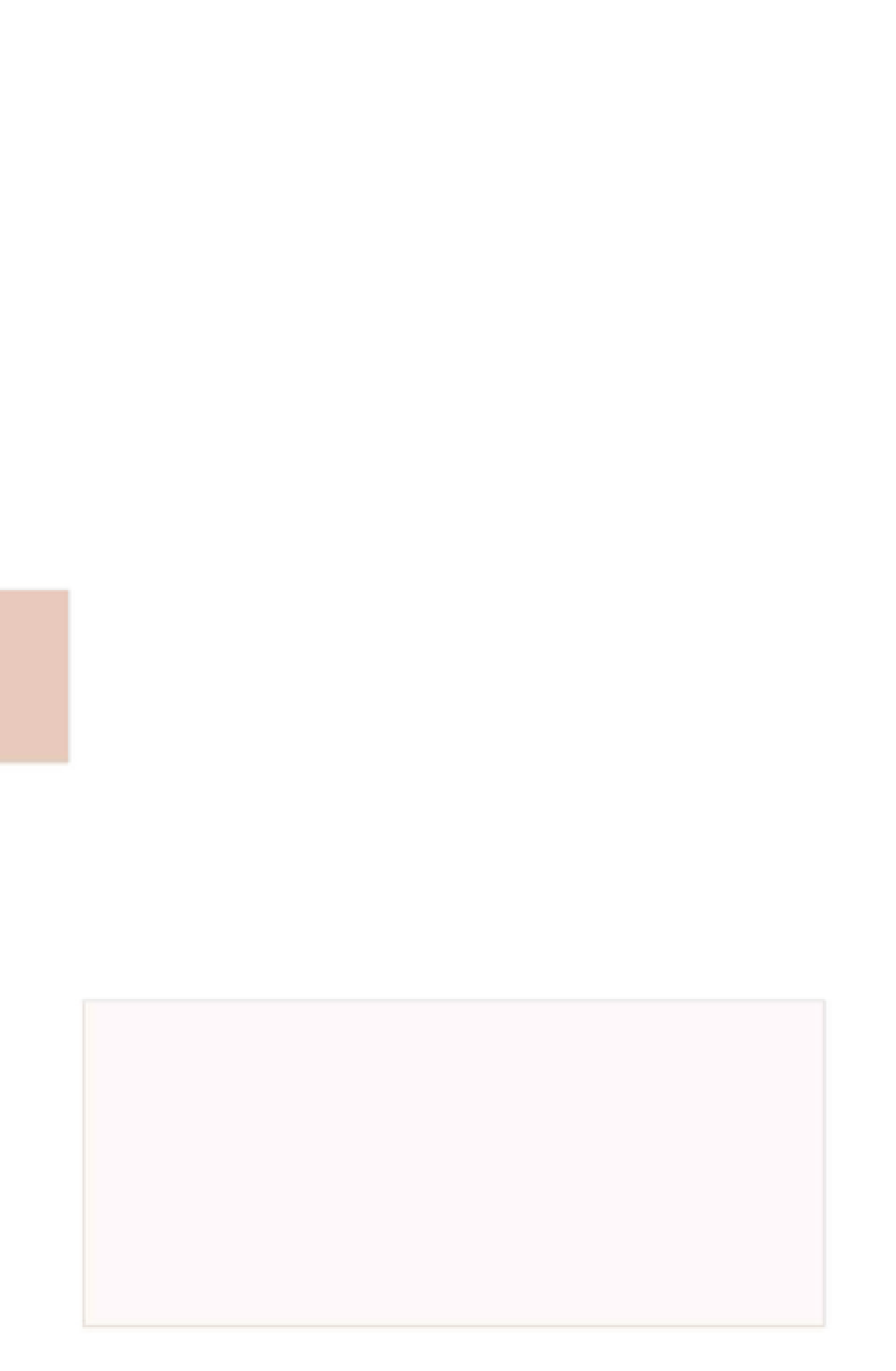Travel Reference
In-Depth Information
at
Praia do Forte
. The main strip is the
Praia dos Artistas
further down, lined with
quiosques
serving the usual array of cold drinks and food, and numerous hotels and bars
are strung along the inland side of the seafront, which gets lively on weekend evenings.
Beyond the headland is the
Praia da Areia Preta
, though the reasonable beach here is
lined with condo high-rises and there's little action. From here the
Via Costeira
takes
you to
Ponta Negra
, 10km away on the ocean side of the
Parque das Dunas
, a range of
huge dunes that you can climb.
Ponta Negra
Following close on the heels of Bahia's Morro de São Paulo,
Ponta Negra
is one of the
finest resort beaches in the Northeast. Running along a sweeping bay under steep sandy
cliffs some 14km from downtown Natal, it is magnificent, sheltered from the biggest
Atlantic rollers, though still good for
surfing
. The resort town - a southern suburb of
Natal - crowds around the beach, and has expanded rapidly in recent years, jam-packed
with places to stay and often quite crowded; bars and restaurants range from trendy
beach shacks to serious seafood restaurants, and there's a constant party atmosphere.
A pleasant pedestrian promenade runs just above the beach; above this lies a zone of
smaller hotels and apartments, while a short but fairly steep climb further up the hill
brings you to Avenida Engenheiro Roberto Freire (RN-063), the main highway. The
promenade ends at the vast sand dune known as the
Morro do Careca
(you can walk to
the foot of the 120m-high dune, but you can't climb on it).
ARRIVAL AND INFORMATION
NATAL
4
By plane
Natal's airport, the Aeroporto Internacional
Augusto Severo, is about 15km south of the centre on the
BR-101 highway; a taxi to the centre will cost you a fixed
rate of about R$25, or you can catch the bus marked
“Parnamirim-Natal” (R$2.60) - you'll have to switch to
another bus for Ponte Negra. Taxis from the airport to Ponta
Negra cost a fixed rate of R$43.
By bus
The rodoviária (
T
84 3232 7312) is also a long way
out from the centre, at Av Capitão Mor-Gouveia 1237, in
the suburb of Cidade de Esperança, but you can get a local
bus (R$2.20) into town at the bus stop on the other side of
the road, opposite the rodoviária entrance. Most of these
buses from across the road pass through the centre: those
marked “Av Rio Branco”, “Cidade Alta” and “Ribeira” are the
most common. Taxis from the rodoviária into the centre
are also plentiful and should cost around R$25, or R$35 to
Ponte Negra.
Destinations
Fortaleza (6-8 daily; 8hr); João Pessoa (8 daily;
3hr); Recife (9 daily; 4hr 15min); Salvador (2 daily; 21-22hr).
Tourist information
Natal's main tourist o
ce is at Av
Presidente Café Filho 746, Praia do Meio (Mon-Sat
9am-9pm, Sun 9am-5pm;
T
84 3232 9073).
GETTING AROUND
By bus
Natal's bus system is easy to master, and in a hot
city with hills and scattered beaches it's worth spending
a little time getting used to it - taking taxis can be very
expensive. At the central bus station on Praça Augusto
Severo, and from Av Rio Branco, you can catch local buses
(R$2.20) to most of the places you might want to go to:
THE BIGGEST CASHEW TREE IN THE WORLD
Some 25km south of Natal (and easily reached by bus from the rodoviária), the village of
Pirangi do Norte
is famed throughout the Northeast for having the biggest
caju tree
in the
world (aka the
Cajueiro de Pirangi
;
W
omaiorcajueirodomundo.com), over 100 years old and
with branches that have spread and put down new roots. Although Brazilians know
caju
as a
fruit, its seeds, once roasted, become the familiar cashew nut. It's di
cult to believe this
enormous (over 8500 square metres) expanse of green leaves and boughs could be a single
tree; it looks more like a forest. It still bears over 2.5 tonnes of fruit annually, so it's not surprising
that Pirangi is known for its
caju
-flavoured rum. Legend has it that the cashew tree was planted
in 1888 by a fisherman named Luiz Inácio de Oliveira, who died at the age of 93 under the
shadows of his tree. To wander beneath the branches and climb the viewing platform (daily
7.30am-5.30pm) it's R$5 (which includes a shot of cashew juice). Vendors selling cashew nuts
and local crafts surround the entrance.


































































